Terry Squyres,AIA,LEED AP
“So much of the work we do at GWWO is about storytelling as a means of enhancing connections to place. We believe that design can help tell the story of every site, both directly through educational experiences and indirectly through cues in the architecture and landscape.”
#WomenWhoBuild meet Terry Squyres, AIA, LEED AP,
Terry is a Senior Principal of Baltimore-based GWWO Architects, who has been one of the pioneers working to refine and elevate the interpretive center typology. An advocate for outstanding design that is meaningfully conceived, technically strong, and elegantly executed, Terry specializes in the design of spaces that educate, inspire, and encourage further exploration. She has worked on the new Cade Museum for Creativity & Invention in Gainesville, Florida; the new Maryland Institute College of Art's Dolphin Design Center in Baltimore, Maryland; and George Washington’s Mount Vernon Ford Orientation Center and Donald W. Reynolds Museum & Education Center in Mount Vernon, Virginia, just to name a few. Terry is currently serving as Secretary of the Board of Trustees for the Maryland Food Bank, is a past president of the Board of Trustees of The Contemporary Museum in Baltimore, and has served on the Baltimore American Institute of Architects’ Board of Directors.
ArchNative sat down with Terry to discuss how storytelling is a crucial aspect of her design conceptualization, her current role as Senior Principal for GWWO Architects, and her advice for young architects.
What was your first introduction to architecture? What made you want to pursue it as a career?
As I child, I loved to visit our friends’ and neighbors’ houses and was fascinated by how different these spaces were from one another. My childhood masterpiece was a sketch for a six-level underground house complete with a bean bag floor in the family room and a swimming pool on the bottom level. My love for spaces always felt like more an inherent interest, rather than a specific event or experience that set me on this career path. Traveling to and discovering buildings and spaces, and experiencing extraordinary design, is still as fun for me now as it ever was.
How did your educational journey lay the foundation for your professional career?
The most important part of my education was undoubtedly the third year of architecture school at the University of Notre Dame, which is based in Rome and includes weeks of travel all over Europe. This total immersion in historical precedentleft an indelible impression on my sense of architectural design and proportion. This was also when I became profoundly aware of the critical role that context (historical, cultural, environmental, societal, even geological) plays in influencing design, a principle that has been foundational for me ever since.
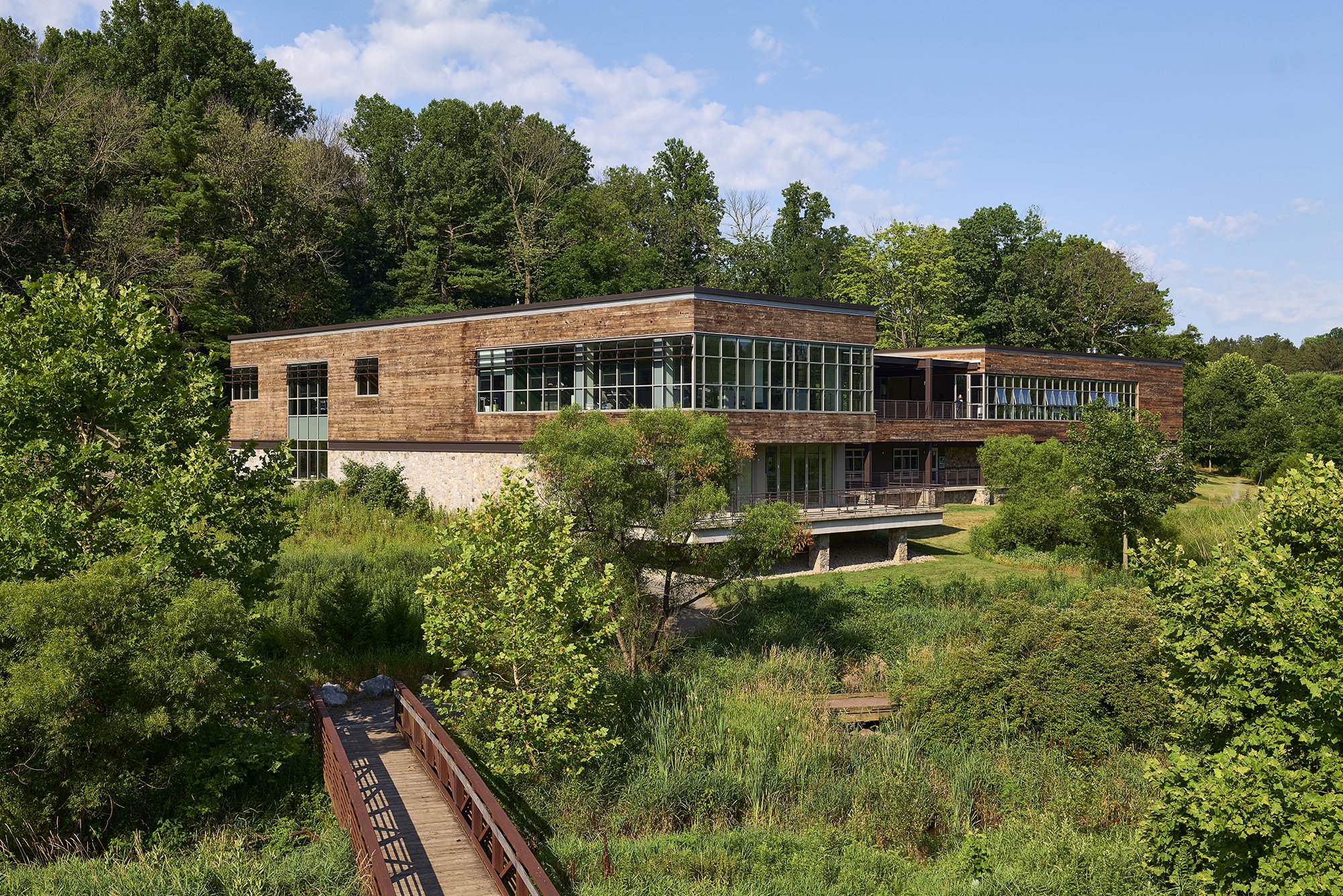
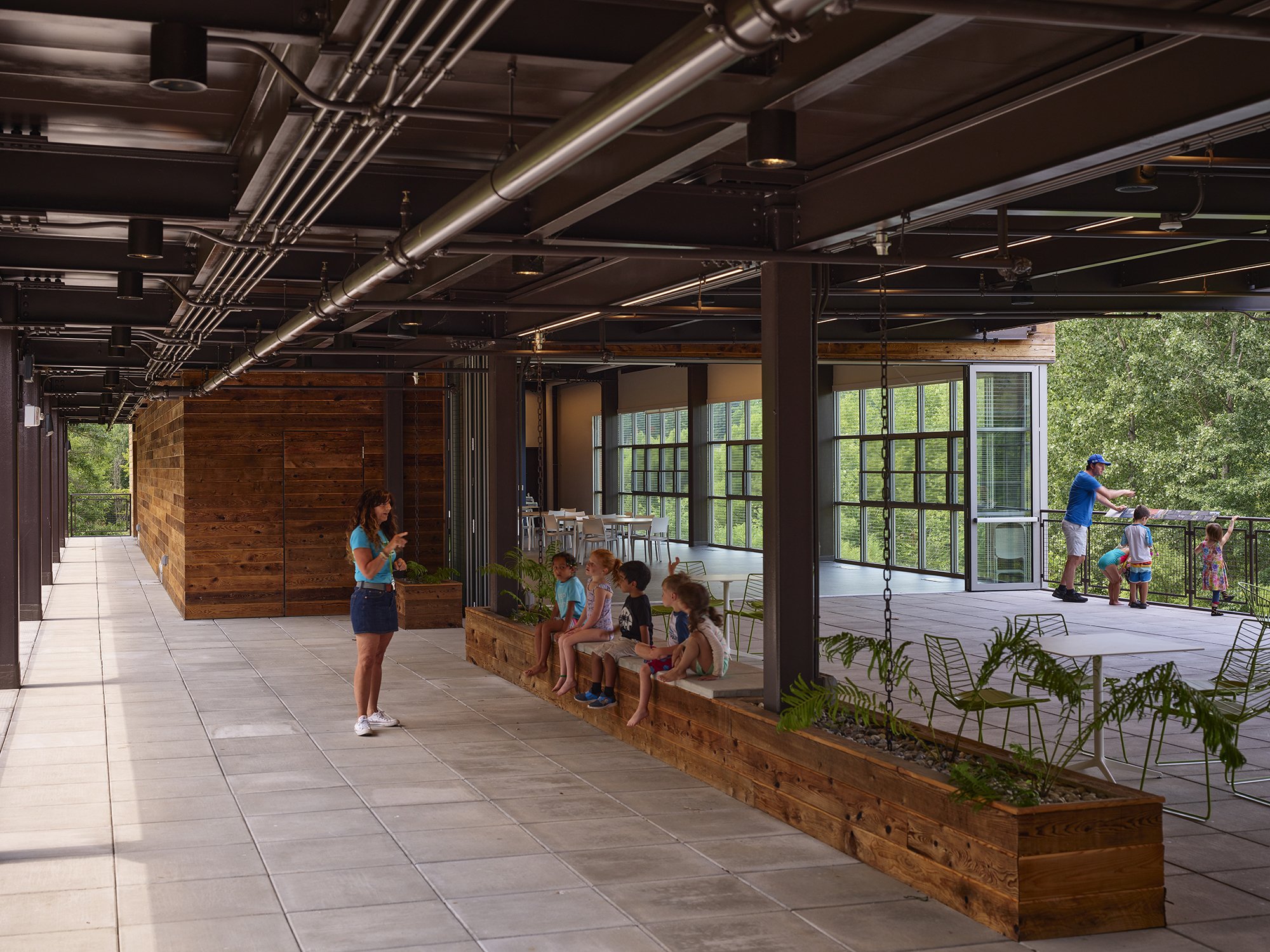
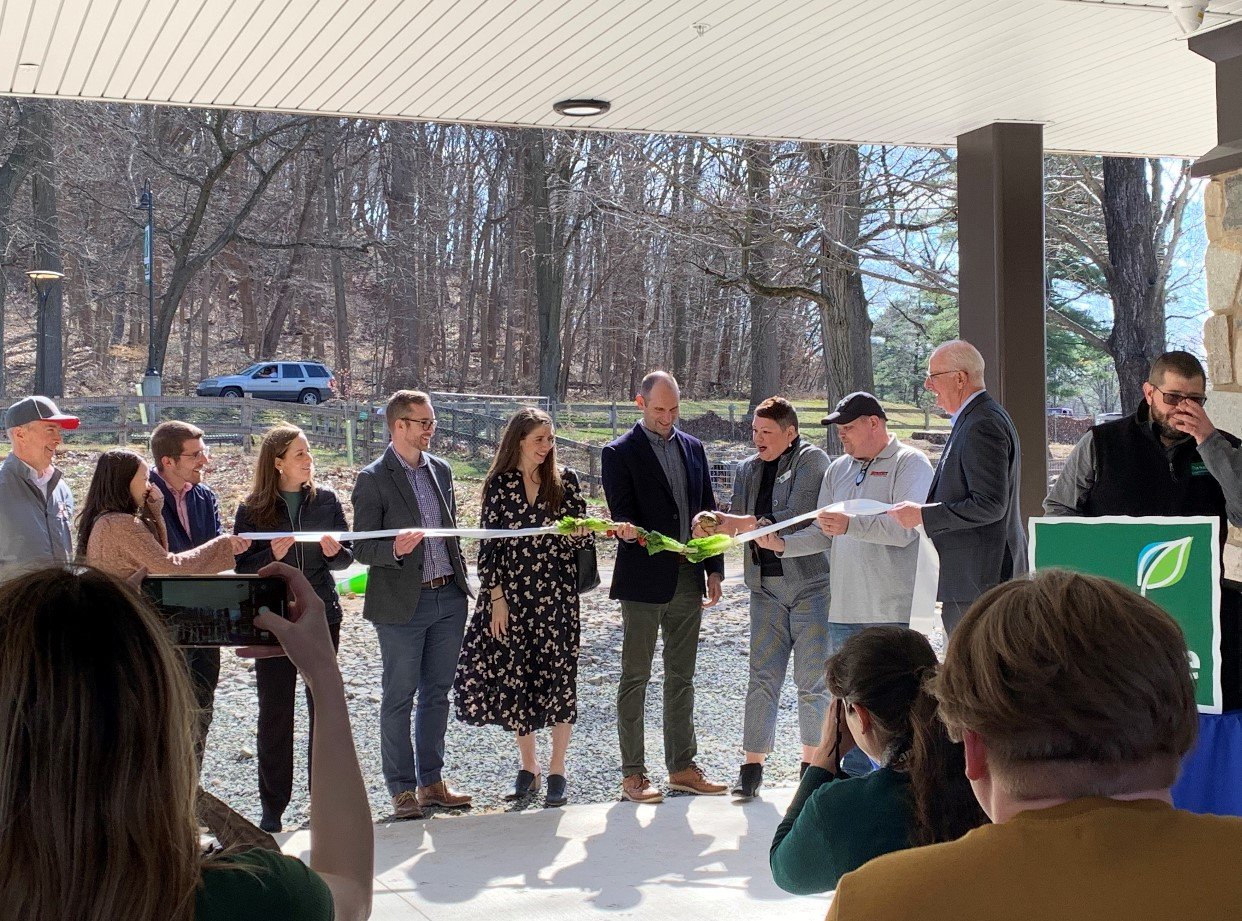
Berks Nature, The Nature Place// Photo Credit: Tom Holdsworth
Tell us a bit about your experience as President of the Board of The Contemporary Museum (TCM). How did you approach this role? What did the role entail?
My involvement with TCM was an incredibly wild adventure. My collaborators, especially my dear friend, Executive Director Deana Haggag, were the epitome of creative geniuses and were a tremendous source of energy and inspiration as we worked together to create opportunities for the pure freedom of individual artistic expression. At the time I became President of the Board, our priorities were to renew, but also to reinvent, TCM’s identity as a nomadic museum of site-specific installations and to maximize the accessibility and impact of the art we commissioned. I saw my role as one of empowerment, which meant working to eliminate obstacles in the way of our outrageously innovative staff and commissioned artists.
Pikes Peak Summit Visitor Center// Photo Credit: Nic Lehoux
You had previously mentioned storytelling as a crucial aspect of your design conceptualization. What is a design (building or place) that exhibits storytelling best for you?
So much of the work we do at GWWO is about storytelling as a means of enhancing connections to place. We believe that design can help tell the story of every site, both directly through educational experiences and indirectly through cues in the architecture and landscape. Every client and every site has unique stories and defining characteristics that result in a singular design response. Through research, we discoveressential components of the context whose expression through design inextricably ties the architecture to its setting. There are numerous examples, one of the most recent being the Pikes Peak Summit Visitor Center – the highest visitor center in the world – which we’ve recently completed atop one of the most-visited great mountains in Colorado.
Embedded into the mountainside, the low-rise structure is seemingly carved from the southeast side of the peak. Its form and materials, with stone inspired by Pikes Peak granite, evoke the crags and rock formations found above the tree line. Seen from below, the building appears as a building of the mountain rather than one on the mountain, yet as visitors arrive at the summit it emerges into view as a clear destination. The new building also serves as an interpretive center, orienting visitors within the landscape and hosting exhibitions that allow for a deeper understanding of the history and significance of Pikes Peak. Everything about the site, the building, its placement and the exhibits within serve to educate and inspire visitors and to make the experience of visiting the summit of Pikes Peak more indelible and lasting.

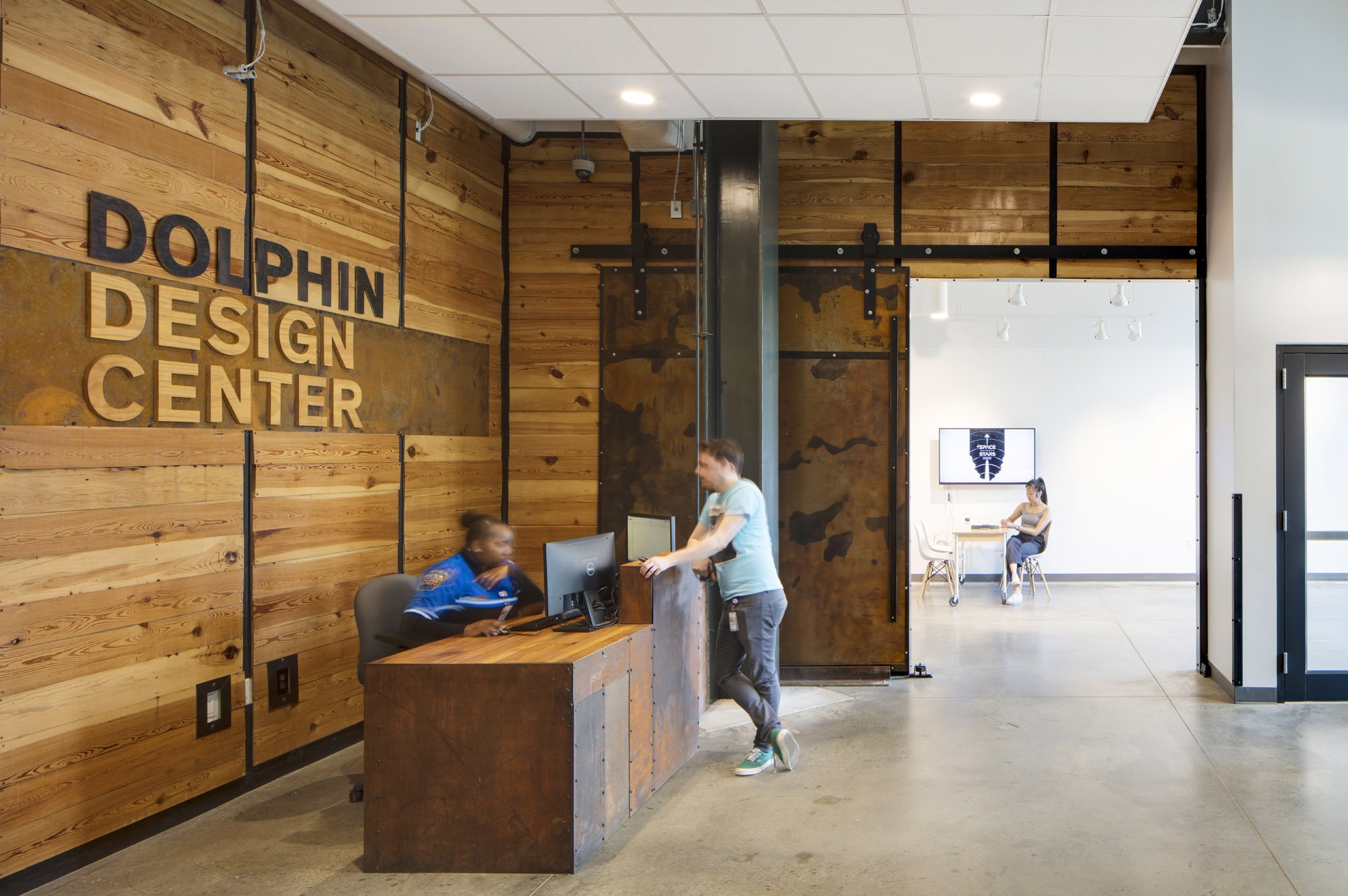
MICA Dolphin Design Center// Photo Credit: Karl Connolly
Tell us a little bit about your current position as Senior Principal at GWWO Architects and your journey with the firm? What would you say are your biggest takeaways from the position?
In the 25 years I’ve spent with GWWO, the firm has built upon strong foundations to grow dramatically in size, capability, and impact. Our leadership team, and the entire firm, work thoughtfully and tirelessly to nurture our complementary skillsets so that together we can achieve exceptional results. Over the years, I have been so fortunate to be a part of many project teams whose partnerships with remarkable clients have resulted inmeaningful and transformative projects. The biggest takeaway for me is harnessing the power of collaborative effort, and how important it is to galvanize multiple sources of talent, creativity, and capability towards a shared goal. No one achieves success alone!
Harriet Tubman Underground Railroad Visitor Center// Photo Credit: Mike Morgan
What is your process when approaching each project you work on?
Research and listening are at the core of our design process. Each project vision originates from the client’s and the project’s mission, so to us it’s critical that we source ourdesign ideas in meaningful aspects of what the client wants the project to ultimately help them achieve. The first visit to the client’s site is always thrilling, even if we have already dug deeply into the history, images, and visited virtually prior to making the trip. There are always surprises and revelations, whether it’s about a site and building relationship, a spectacular viewshed, or the stories our clients share with us about their history, programs, mission, and dreams for the future.
Architects shape the world around us. How do you believe architects can better take accountability and action towards major world crises?
Sustainable design, which mitigates the negative impacts of construction on our natural environment, is an essential rather than an optional aspect of our work. We are also exploring the concept of resilient design, which anticipates the effects of natural disasters and climate change on the built environment and incorporates design features that protect against them. Designers have a responsibility to find ways to apply our capabilities for society’s benefit, but we also must serve as advocates for the often-underestimated power of design. Whether good or bad, design will affect communities for generations. In my view, design adds the essential elements of ingenuity and joy to functionality.
As a female powerhouse in the AEC industry, are there any industry insights you would share with young female architects?
Curiosity is one of the best characteristics you can cultivate. As in many professions, there’s no substitute for the wisdom that comes from experience, but an insatiable appetite for learning will advance your growth. Always seek out opportunities to expand your knowledge and teach yourself new skills, even ones whose future value may not be obvious. When I graduated from architecture school, an economic recession wiped out available jobs for newcomers like me. Eventually, I began my career in architectural marketing, an unexpected area of practice for a new graduate. I could never have anticipated, nor did I understand at that time, how beneficial that experience would be throughout my career.
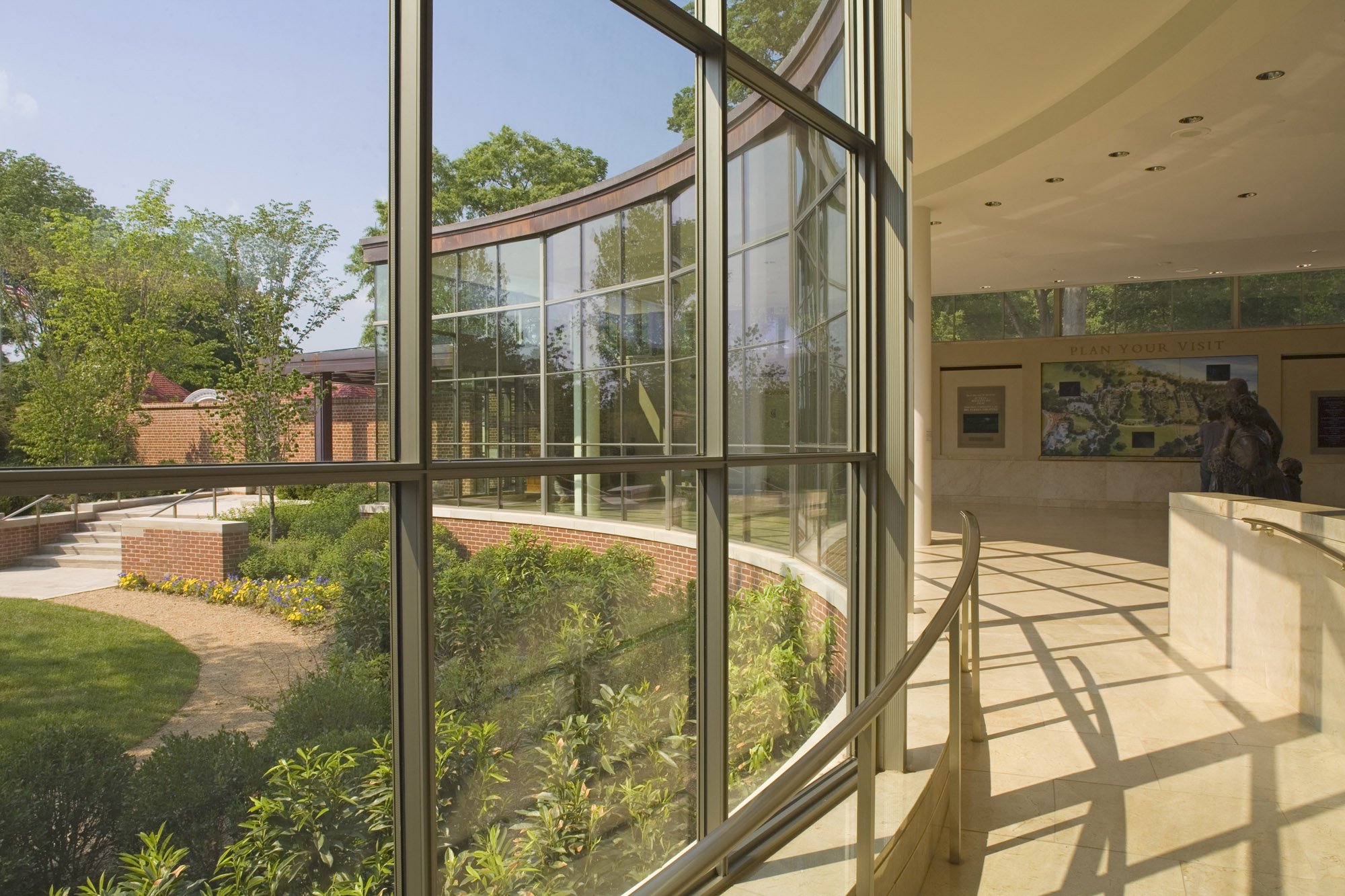
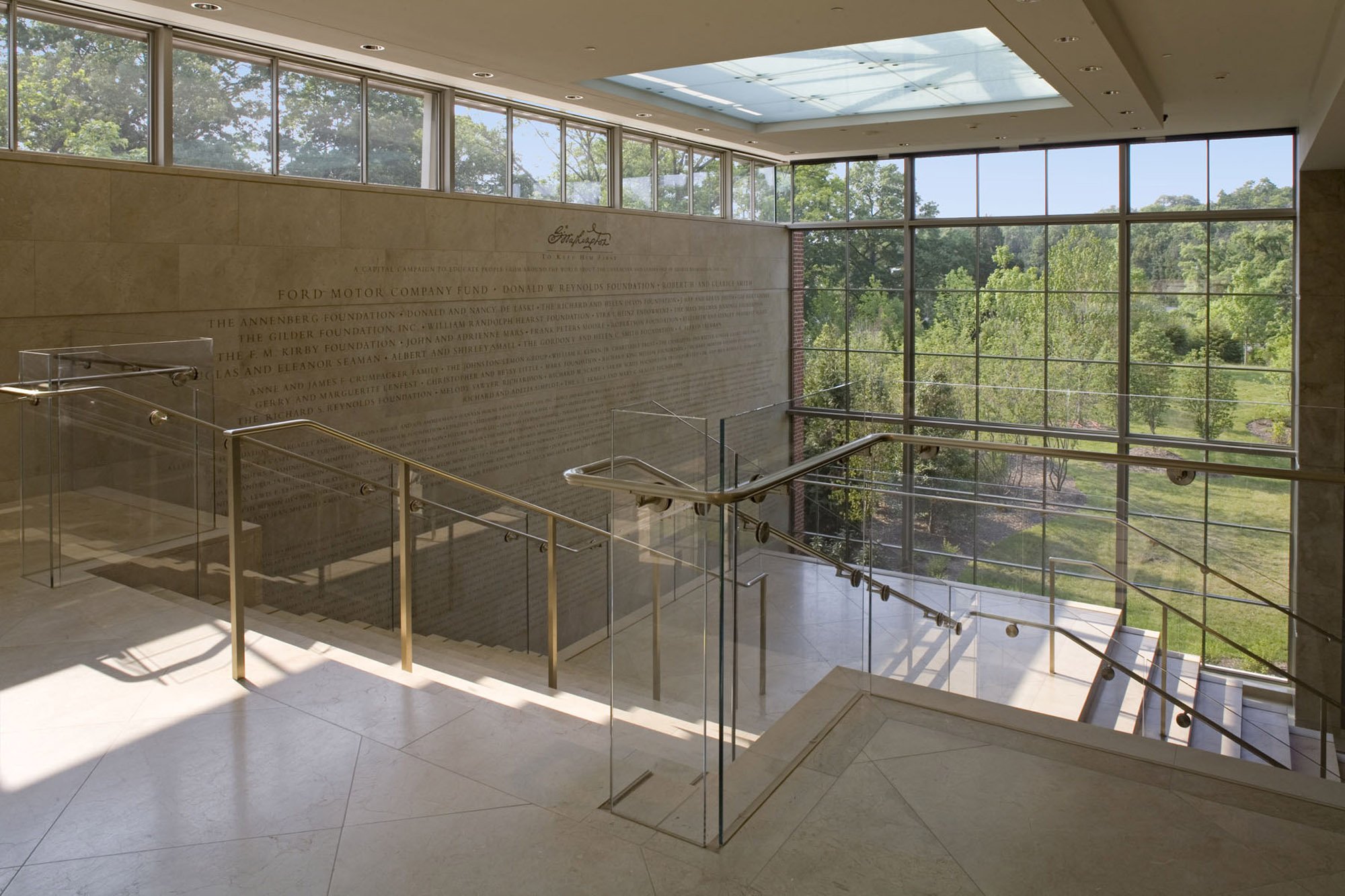
George Washington’s Mount Vernon Donald W. Reynolds Museum and Education Center// Photo Credit: Robert Creamer
Interview Conducted by
Megha Balooni



